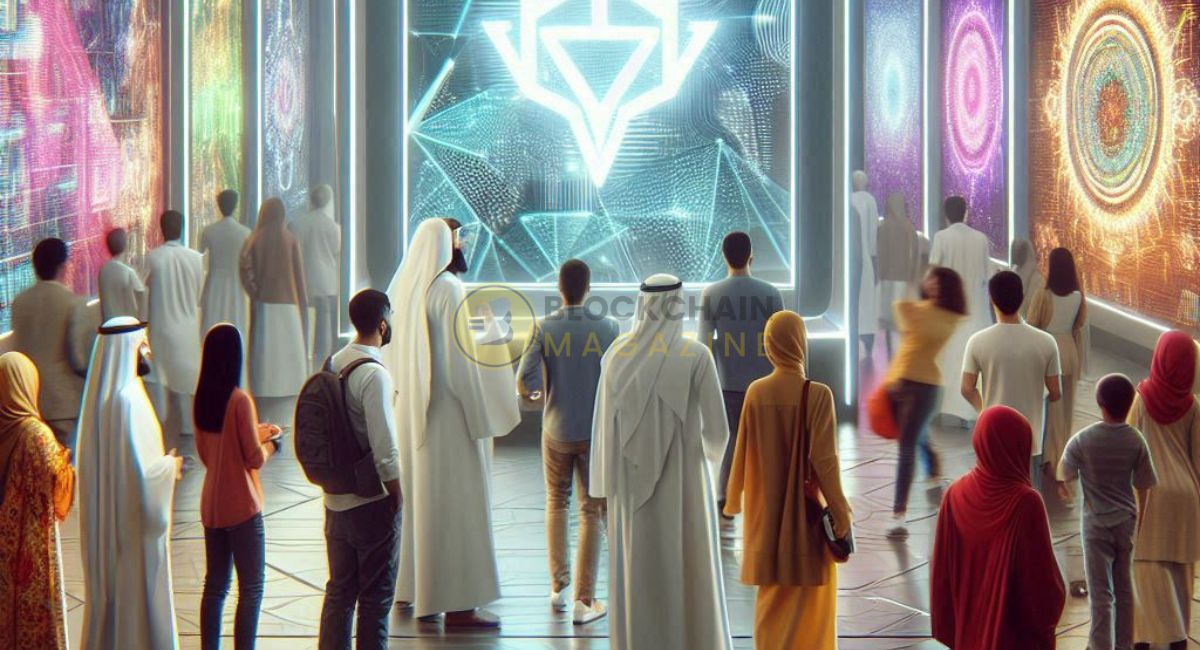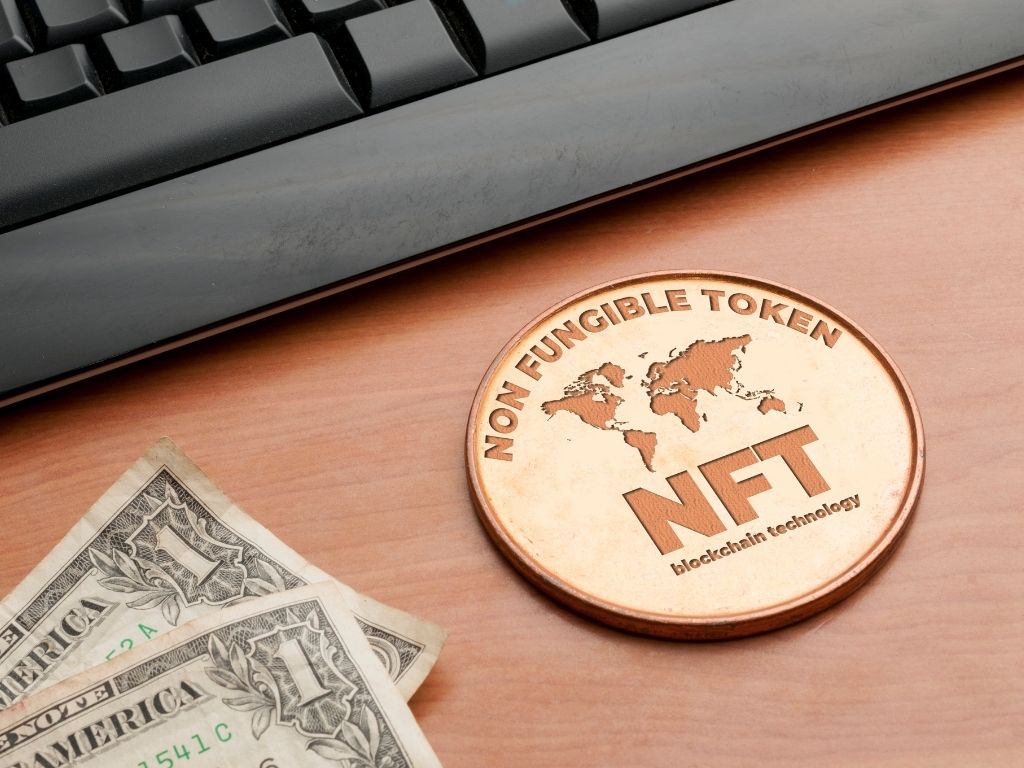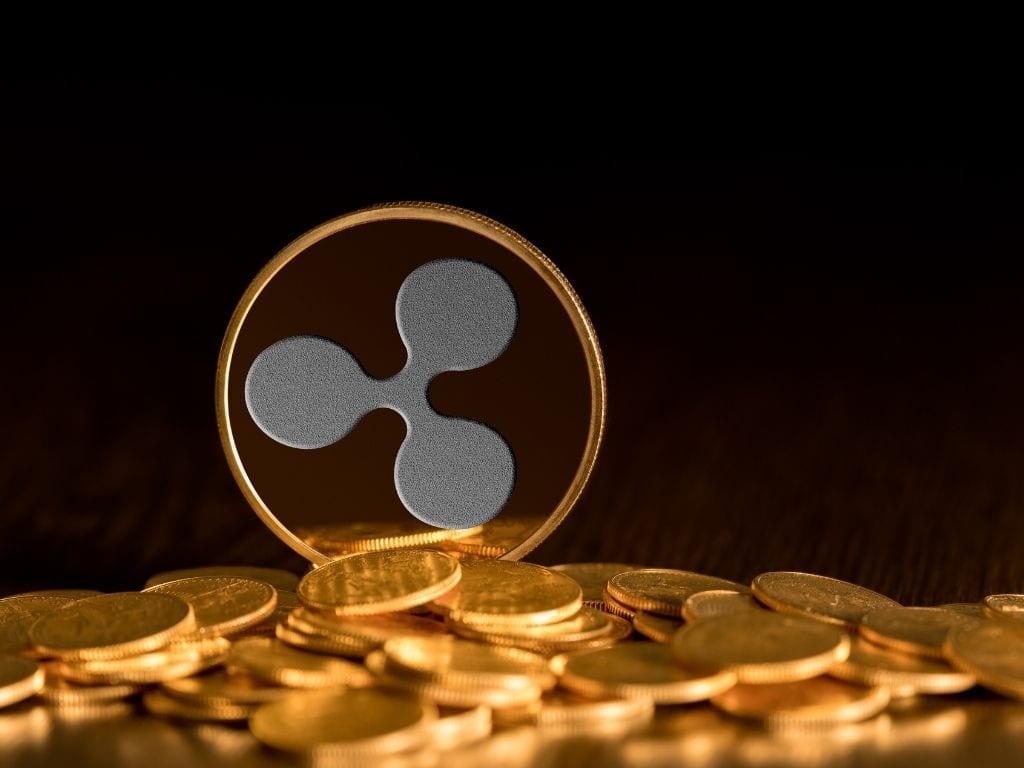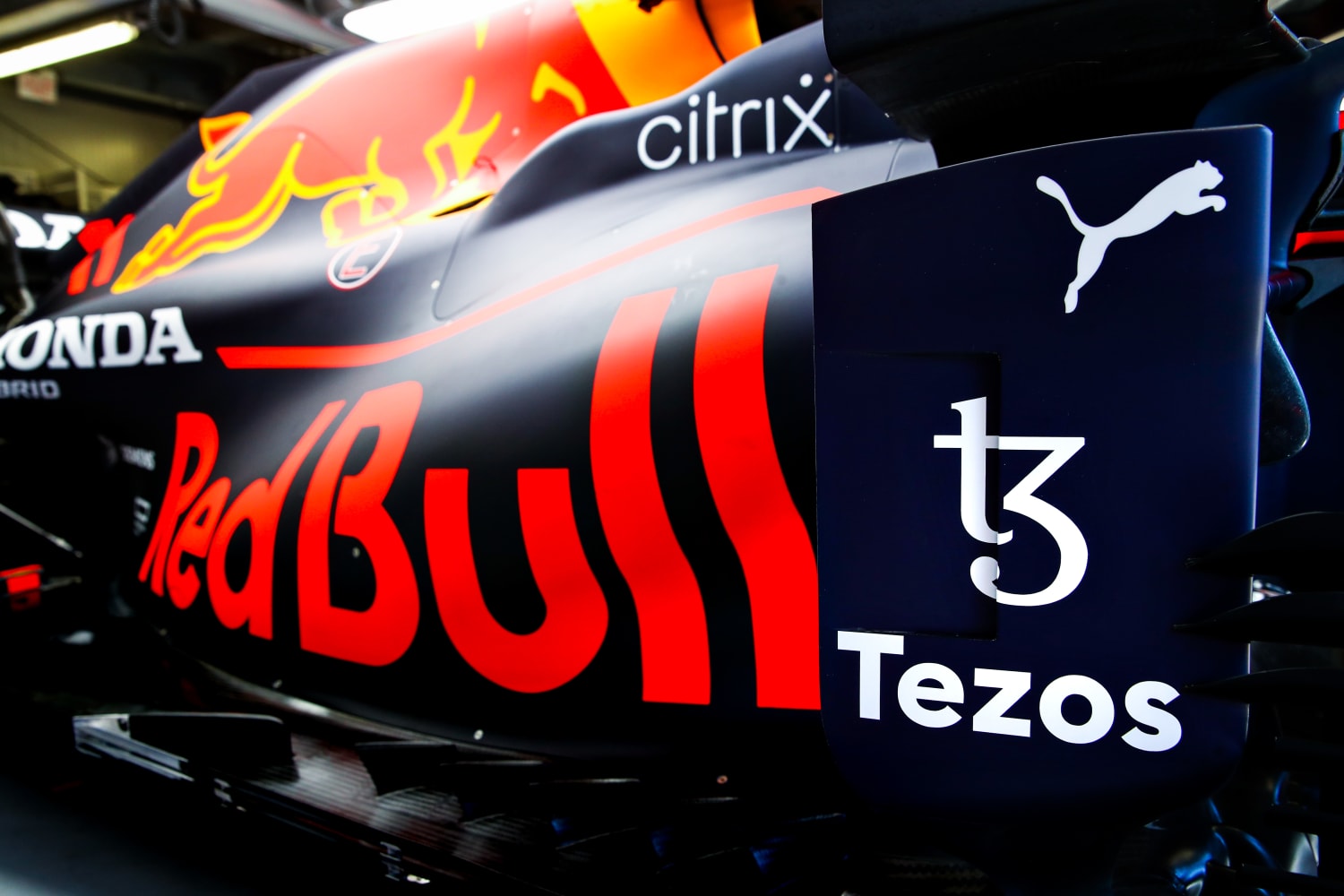The world of NFTs (non-fungible tokens) has evolved rapidly, offering digital ownership of unique assets like art, music, and collectibles. However, as NFT markets mature, high-value assets like rare art, luxury collectibles, and real estate are often priced out of reach for the average buyer. Enter fractionalized NFTs, an innovation that enables shared ownership of these high-value assets.
Fractionalized NFTs divide a single NFT into smaller fractions, allowing multiple investors to own and trade a portion of the asset. This model democratizes access to exclusive investments, enhances liquidity, and opens up new possibilities for both creators and buyers. Platforms like Fractional are pioneering this space, transforming how we think about asset ownership.
In this article, we’ll explore the mechanics of fractionalized NFTs, their benefits, use cases, challenges, and the future potential they hold in reshaping ownership models across industries.
Key Highlights
- What Are Fractionalized NFTs?
- How Fractionalized NFTs Work
- Advantages of Fractionalized NFTs
- Use Cases: Real Estate, Art, Collectibles, and More
- Platforms Leading the Fractionalization Movement
- Challenges and Risks in Fractionalized NFTs
- The Future of Shared Ownership
What Are Fractionalized NFTs?
Fractionalized NFTs (F-NFTs) are NFTs divided into smaller parts or shares. Each fraction represents partial ownership of the underlying asset, enabling shared ownership of assets that were once reserved for high-net-worth individuals or institutional investors.
Key Features:
- Divisibility: A single NFT is divided into multiple fungible tokens.
- Shared Ownership: Each token holder owns a percentage of the NFT.
- Tradability: Fractions can be bought, sold, or traded on secondary markets.
- Access and Governance: Ownership may grant voting rights or access to perks related to the asset.
How Fractionalized NFTs Work
Step-by-Step Process
- Minting the Original NFT:
- An NFT is created to represent a high-value asset, such as a piece of artwork or real estate property.
- Tokenizing the NFT:
- The NFT is locked in a smart contract and split into smaller, fungible tokens (ERC-20 tokens, for example).
- Offering Fractions for Sale:
- Fractions are listed on NFT marketplaces or decentralized exchanges (DEXs), allowing buyers to invest in smaller portions.
- Ownership and Benefits:
- Buyers receive tokens representing their share of the NFT and may enjoy benefits like voting rights, dividends, or access to the underlying asset.
- Reassembly (Optional):
- If one party acquires all fractions, the NFT can be “reassembled” and unlocked from the smart contract.
Example:
Consider a $1 million digital artwork tokenized as an NFT. The NFT is fractionalized into 1,000 tokens, each worth $1,000. Investors can buy as many fractions as they like, enabling shared ownership of the artwork.
Advantages of Fractionalized NFTs
1. Democratization of Ownership
Fractionalized NFTs make high-value assets accessible to a broader audience. A collector can now own part of a $10 million artwork without needing substantial capital.
2. Liquidity Enhancement
By dividing assets into smaller units, fractionalization increases liquidity, enabling more frequent trading and reducing market entry barriers.
3. Portfolio Diversification
Investors can diversify their portfolios by owning fractions of multiple high-value assets, reducing risk exposure.
4. Community Engagement
Shared ownership models foster community involvement, where fractional owners can collectively influence decisions about the asset.
5. New Revenue Streams for Creators
Creators and asset owners can monetize their assets more efficiently, attracting a wider pool of investors.
Use Cases: Real Estate, Art, Collectibles, and More
1. Real Estate
- Application: Tokenizing high-value properties enables investors to buy fractions of real estate.
- Benefits: Lower investment barriers, increased liquidity in traditionally illiquid markets, and potential rental income for token holders.
- Example: A luxury apartment in New York City can be tokenized as an NFT and fractionalized, allowing investors to own shares without purchasing the entire property.
2. Art and Digital Collectibles
- Application: Expensive artworks and rare collectibles are tokenized to allow fractional ownership.
- Benefits: Democratized access to prestigious art and potential value appreciation over time.
- Example: Banksy’s “Love Is in the Air” was fractionalized, enabling collective ownership of a renowned physical artwork.
3. Luxury Goods
- Application: Fractional ownership of luxury items like watches, rare cars, or jewelry.
- Benefits: Accessibility to high-end assets and tradable shares in a global market.
4. Gaming and Metaverse Assets
- Application: Virtual land, avatars, and in-game items can be fractionalized for shared ownership in the metaverse.
- Benefits: Community ownership of virtual spaces and assets, enabling collaborative experiences.
- Example: Virtual real estate on platforms like Decentraland or The Sandbox is often fractionalized to allow wider participation.
5. Intellectual Property (IP)
- Application: Tokenizing and fractionalizing IP rights, such as royalties from music or films.
- Benefits: Investors earn a share of future royalties while supporting creators.
Platforms Leading the Fractionalization Movement
1. Fractional
- Overview: A leading platform for fractionalizing NFTs.
- Key Features: Easy NFT fractionalization, robust smart contract infrastructure, and seamless integration with marketplaces.
- Example: Fractional has facilitated shared ownership of high-value digital assets like CryptoPunks and Bored Ape Yacht Club NFTs.
2. Unicly
- Overview: A protocol combining fractionalized NFTs with decentralized finance (DeFi).
- Key Features: Governance tokens for fractional NFT collections and liquidity pools for trading fractions.
3. Otis
- Overview: Specializes in tokenizing physical and digital collectibles for fractional ownership.
- Key Features: Focuses on real-world assets like sneakers, rare books, and art.
4. RealT
- Overview: A platform for fractional real estate ownership.
- Key Features: Enables investors to buy shares of tokenized properties, earning rental income in crypto.
Challenges and Risks in Fractionalized NFTs
1. Regulatory Uncertainty
- Challenge: Fractionalized NFTs may be classified as securities, subjecting them to strict regulations.
- Impact: Compliance requirements could increase costs and complexity for platforms and investors.
2. Illiquidity Risks
- Challenge: While fractionalization aims to enhance liquidity, certain assets may still face limited buyer demand.
3. Ownership Disputes
- Challenge: Shared ownership can lead to disputes over asset usage, management, or resale decisions.
- Solution: Platforms need robust governance frameworks to resolve conflicts.
4. Technical Complexity
- Challenge: Managing digital wallets, smart contracts, and blockchain transactions can be daunting for new investors.
5. Market Volatility
- Challenge: The value of fractionalized NFTs is tied to market sentiment, leading to potential price volatility.
The Future of Shared Ownership
1. Mainstream Adoption
As fractionalized NFTs become more user-friendly and regulatory frameworks solidify, adoption is likely to grow across industries, including real estate, entertainment, and finance.
2. Enhanced Governance Models
Decentralized governance protocols will empower fractional owners to make collective decisions about the underlying asset, enhancing collaboration and transparency.
3. Integration with DeFi
Fractionalized NFTs will integrate further with decentralized finance (DeFi), enabling staking, lending, and borrowing against NFT fractions.
4. Expansion into New Markets
Expect to see fractionalized ownership expand into domains like intellectual property, scientific research, and renewable energy projects.
5. Tokenized Communities
Communities may co-own fractionalized NFTs, creating shared experiences and value creation in both virtual and physical spaces.
Also, read – Fractionalized NFTs: Democratizing High-Value Asset Ownership in 2024
Conclusion
Fractionalized NFTs represent a revolutionary approach to ownership, breaking down barriers to high-value assets and empowering broader participation. By enabling shared ownership of everything from real estate to digital collectibles, fractional NFTs democratize investments, enhance liquidity, and foster community engagement.
Despite challenges like regulatory uncertainty and technical complexity, platforms like Fractional and Unicly demonstrate the transformative potential of this innovation. As blockchain technology evolves, fractionalized NFTs are set to redefine ownership models across industries, paving the way for a more inclusive and accessible financial future.

 Bitcoin
Bitcoin  Ethereum
Ethereum  XRP
XRP  Tether
Tether  Solana
Solana  USDC
USDC  Dogecoin
Dogecoin  Cardano
Cardano  Lido Staked Ether
Lido Staked Ether  TRON
TRON  Wrapped Bitcoin
Wrapped Bitcoin  Chainlink
Chainlink  Wrapped stETH
Wrapped stETH  Avalanche
Avalanche  Sui
Sui  Stellar
Stellar  Litecoin
Litecoin  Toncoin
Toncoin  Shiba Inu
Shiba Inu  Hedera
Hedera  LEO Token
LEO Token  USDS
USDS  Hyperliquid
Hyperliquid  Polkadot
Polkadot  WETH
WETH  MANTRA
MANTRA  Bitcoin Cash
Bitcoin Cash  Bitget Token
Bitget Token  Ethena USDe
Ethena USDe  Wrapped eETH
Wrapped eETH  Uniswap
Uniswap  Monero
Monero  NEAR Protocol
NEAR Protocol  Pepe
Pepe  WhiteBIT Coin
WhiteBIT Coin  Ondo
Ondo  Aave
Aave  Bittensor
Bittensor  Aptos
Aptos  Dai
Dai  Internet Computer
Internet Computer  Official Trump
Official Trump  Mantle
Mantle  Ethereum Classic
Ethereum Classic  OKB
OKB  Tokenize Xchange
Tokenize Xchange  Gate
Gate  sUSDS
sUSDS  Coinbase Wrapped BTC
Coinbase Wrapped BTC 




